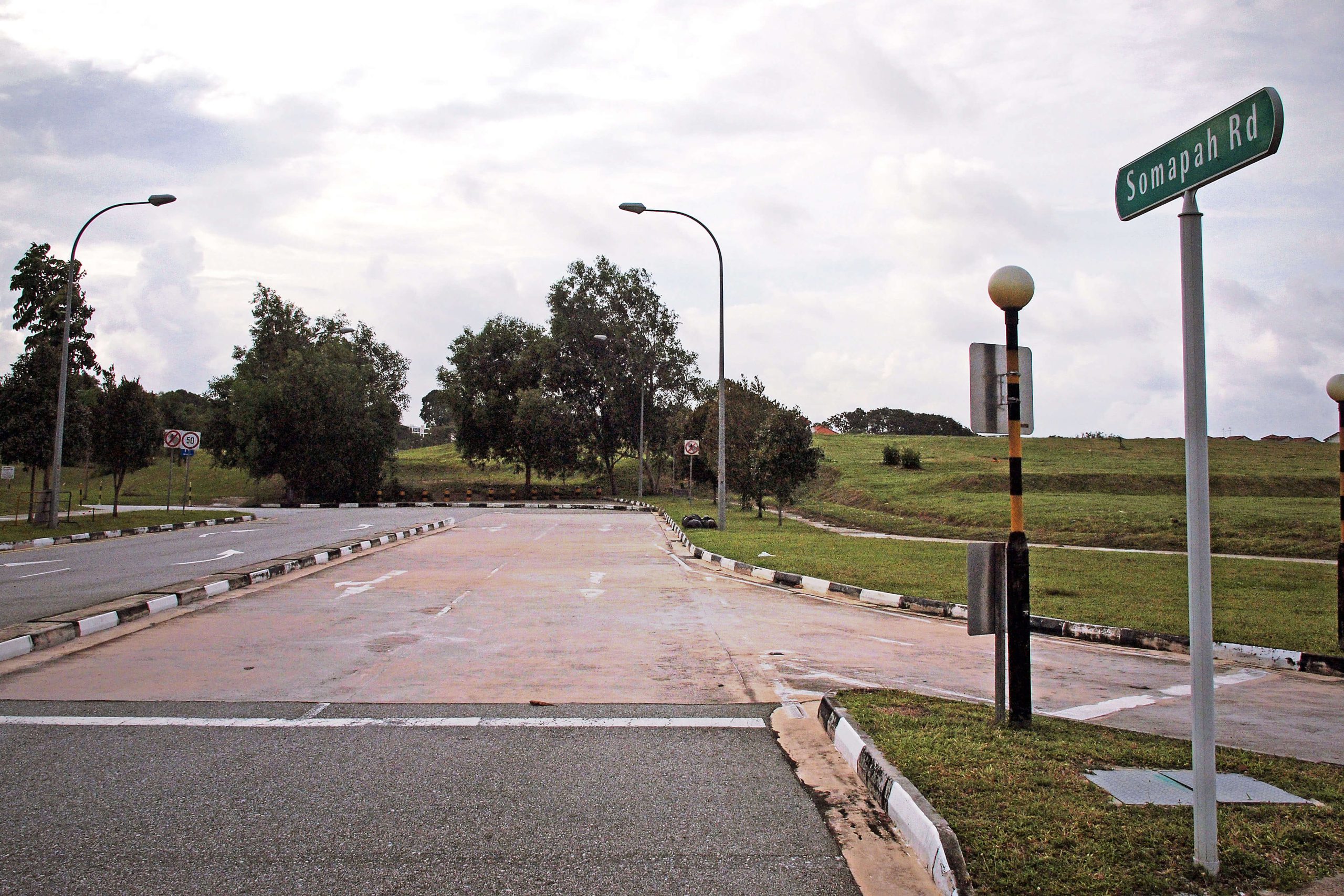The couple had three children: daughters Jumnah and Mynee, and son Soma Basapa who later converted to the Anglican Church and added the Christian William Lawrence to his name.
Somapah’s career in the Municipal, which involved managing large sums of money, came to an end upon the death of his father in 1906. Somapah elected to resign from public service, and received an excellent letter of reference from his supervisor (see Somapah’s letter of reference).
He resigned to take charge of Hunmapah’s considerable property-based estate. (Hunmapah had, in his Will, appointed his brother in India, Bassappah, as his executive and trustee. However, Bassappah was unable to obtain a grant of probate.)
Somapah proved to be an even more astute businessman than his father. A frugal, hardworking man, he added substantially to the family’s land-ownership and donated generously towards the Hindu community. He financed some of the further development of Sri Krishna temple in Waterloo Street, which Hunmapah had – under the pseudonym Hanuman Beem Singh – initiated in 1870 as a shrine, and which is a heritage site in Singapore. Somapah included in its further development an “alms house” to provide food and lodging, clothing and medicine, for the poor.
Among his properties were large tracts of land in the Exeter Road, Punggol, Rangoon Road, Tampines, Paya Lebar and Changi areas. Some of these were developed as plantations – fruit, rubber, and vegetables – by tenants. Some he used himself to develop commercial and residential buildings. He also let out tracts, at modest rents, to the poor of various races to develop cheap residential villages known locally as kampungs. One of these is named in Singapore history as Kampung Somapah or Somapah Village.
He even had a road in Changi, and a few adjoining lanes, named after him by the authorities. Somapah Road itself stretched almost a mile from Changi Road to the seafront. In recent history, the national public bus service had its Somapah Interchange (1982-89) by that road, in an area once known also as Ayer Gumuroo. Even more recently, the Singapore Government redeveloped the entire area (which Somapah’s son, W.L.S. Basapa, had in his time sold to other private interests) into the Changi Business Park and Singapore Expo Centre.
Somapah Road remains (see photo Somapah Road today) – and is distinguished as the street by which stands the Singapore University of Technology and Design.
When one of his uncles, Hunmah Bimapah, died in 1904, that man’s infant son, Bimah Gawdapah, was placed in Somapah’s care by a Singapore court, such was the recognition he had earned.
Somapah was a close friend of another Singapore pioneer from India, Appasamy Kandasamy, who owned many shop-houses (structures in which occupants operated businesses on the ground floors and lived upstairs; many such buildings still exist in Singapore and neighbouring countries) in North Bridge and South Bridge roads. Kandasamy had two sons, Manicam and Retnam, and a daughter, Rukmani, who was born on November 7, 1898.
Rukmani married W.L.S. Basapa on April 5, 1912, and they had three children – a daughter, Luxmi, who was born on March 6, 1916 and lived just four years, and two sons, Thomas Augustine Basapa, and John Alexander Basapa. The latter was born on March 6, 1920 and died on May 28, 1968.
Kandasamy’s Will, by distinguished lawyer Sir Ong Siang Song (who also developed Somapah’s Will), appointed Somapah as Kandasamy’s sole trustee, a role he performed until his own death on January 28, 1919, when his son W.L.S. Basapa, and sons-in-law Ram Mohan Singh and Goona Veeragoo Naidoo, were appointed trustees of Kandasamy’s estate. After the deaths of Ram Mohan and Naidoo, W.L.S. Basapa became the sole trustee.
By order of court, October 23, 1940, public trustees Cheong Koon Seng & Company were appointed receivers of the Estate of A. Kandasamy (decd).
Cheong Koon Seng & Company distributed the net monthly rents of that Estate among Kandasamy’s children until 21 years after his death, at which time the company distributed the net assets of Kandasamy’s estate equally between his two sons, per his Will.
When Somapah died, he left a personal estate of 108 houses, shop-houses, and shops, and four plantations. According to “Pioneers of Singapore,” the value of his estate, at that time (1919), stood at about S$10 million.
